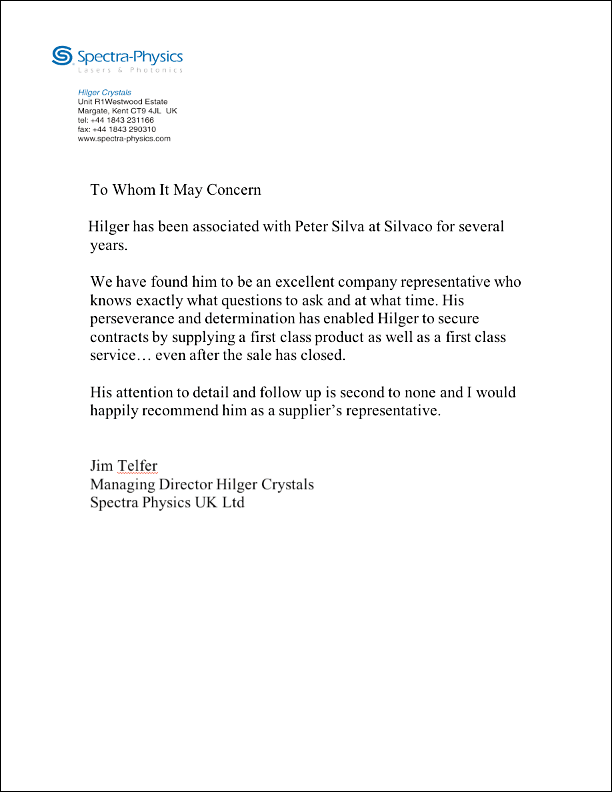Using DTO to transfer data between service layer and UI layer.
The presentation layer is what a system user sees or interacts with. It can consist of visual objects such as screens, web pages or reports or non-visual objects such as an interactive voice response interface. When most people think of application systems, they think mainly of the presentation layer. Unfortunately, this layer represents a.
The presentation layer is located at the sixth level of the OSI model, it is responsible for the delivery and formatting of information to the application layer for further processing or display. The functions and protocols of presentation layer in OSI model you can read here.

Layer 6: The Presentation Layer. The presentation layer establishes the way in which information is presented, typically for display or printing. Data encryption and character set conversion (such as ASCII to EBCDIC) are usually associated with this layer. The primary reason for someone to attend a class is that the presentation of information.

Despite using a different concept for layering than the OSI model, these layers are often compared with the OSI layering scheme in the following manner: The Internet application layer maps to the OSI application layer, presentation layer, and most of the session layer.

The presentation layer (data presentation layer, data provision level) sets the system-dependent representation of the data (for example, ASCII, EBCDIC) into an independent form, enabling the syntactically correct data exchange between different systems. Also, functions such as data compression and encryption are guaranteed that data to be sent.

Also known by other names such as Data Presentation Layer, Data Provisional Layer, and Syntax Layer, the Presentation Layer, as it is most famously known as is the sixth layer or Layer 6 of the Open Systems Interconnection (OSI) model. To know more about the Presentation Layer in the OSI Model, keep reading this article till the end.

The data service layer (DSL) provides an abstraction layer for data access that is independent of the physical schema. The purpose of the data service layer is to provide a consistent interface (called the data service facade) for accessing data, independent of the object-relational mapping framework (such as EJB, DAS, or JPA).

Hi all, Can any one tell how can we get the data from application layer to presentation layer at run time in SAP-ABAP.

The layer 5 (control of logical connections; also session layer) provides inter-process communication between two systems. Here you can find among others the protocol RPC (Remote Procedure Call). To resolve failures of meeting and similar problems, the session layer services for an organized and synchronized data exchange. To this end, recovery.

The definition of a common technical language has been a major catalyst to the standardisation of communications protocols and the functions of a protocol layer. The seven layers of the OSI reference model showing a connection between two end systems communicating using one intermediate system.

Layer 6: Presentation Layer. Performs the translation between the data representation local to the computer and the processor-independent format that is sent across the network. In the SunOS 5.8 environment, the processor-independent data format is XDR. Layer 7: Application Layer. At this top layer are the user-level programs and services.
The presentation layer works to transform data into the form that the application layer can accept. This layer formats and encrypts data to be sent across a network, providing freedom from compatibility problems. It is sometimes called the syntax layer.

The Orchestration Layer gives the ability to manage data formatting between separate services, where requests and responses need to be split, merged or routed. Cyclr's visual data orchestration toolkit helps your achieve this while building integrations.



